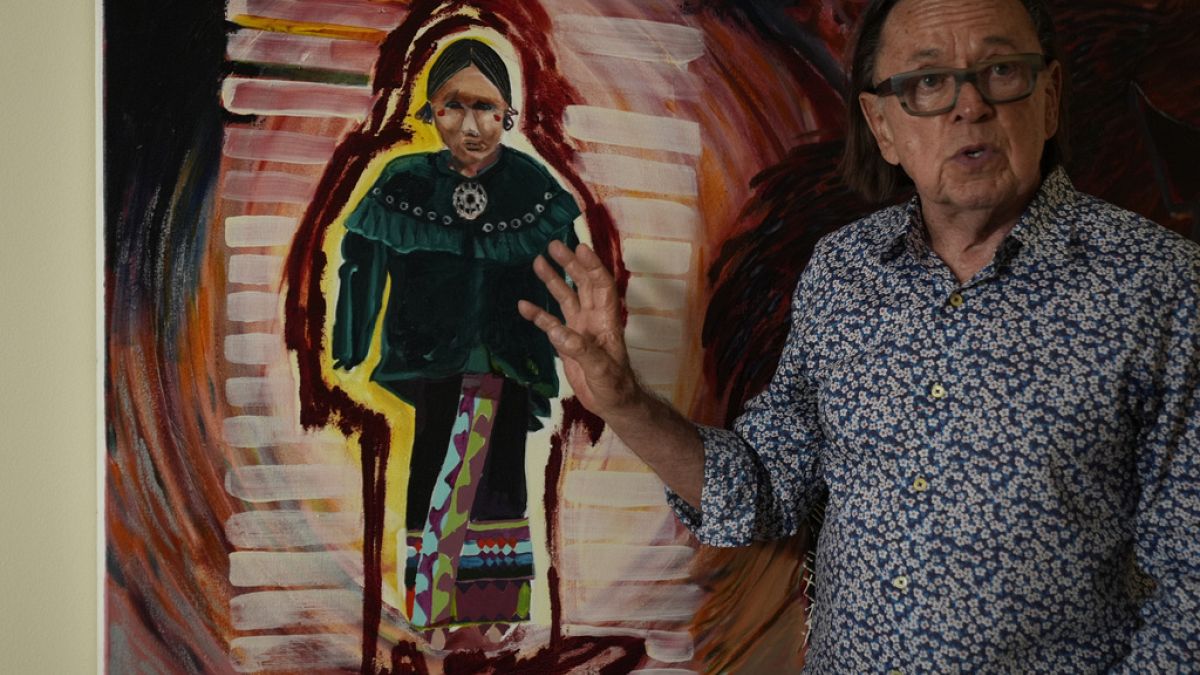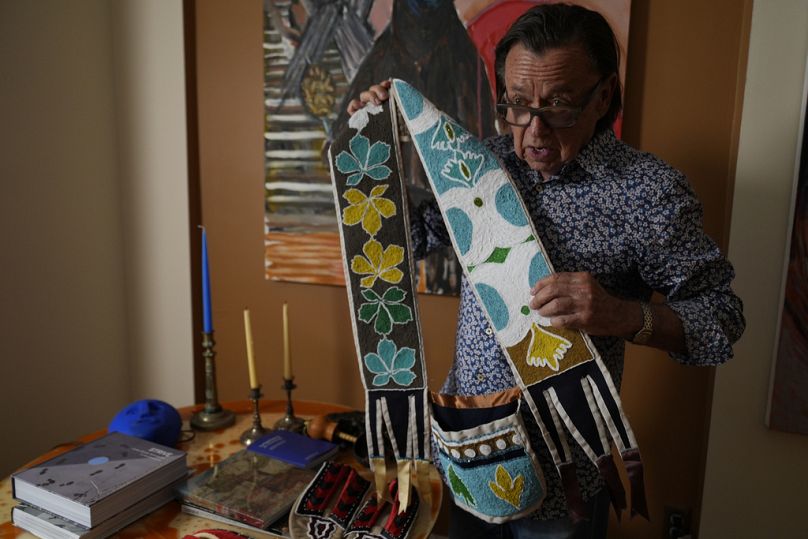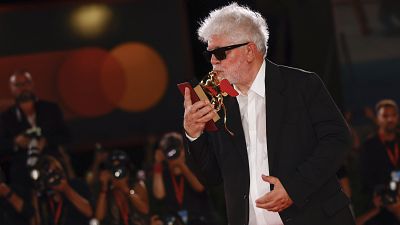Hundreds of thousands of items that should have been returned under the federal Native American Graves Protection and Repatriation Act of 1990 still remain in museum custody.
Europe’s museums are overflowing with artefacts seized or looted from African, South American and Asian nations during colonial rule.
The British Museum now has a dedicated page on its website to ‘contested objects’ like the Benin Bronzes or two large stone moai from Easter Island.
Across the pond, the situation over the display of Native American artefacts is equally contentious.
Hundreds of thousands of items that should have been returned under the federal Native American Graves Protection and Repatriation Act of 1990 still remain in museum custody.
Native American tribes are still waiting for items from US museums
Tucked within the expansive Native American halls of the American Museum of Natural History is a diminutive wooden doll that holds a sacred place among the tribes whose territories once included Manhattan.
For more than six months now, the ceremonial Ohtas, or Doll Being, has been hidden from view after the museum and others nationally took dramatic steps to board up or paper over exhibits.
This action was taken in response to new federal rules requiring institutions to return sacred or culturally significant items to tribes - or at least to obtain consent to display or study them.
Museum officials are reviewing more than 1,800 items as they work to comply with the requirements while also eyeing a broader overhaul of the more than half-century-old exhibits.
But some tribal leaders remain sceptical, saying museums have not acted swiftly enough.
The new rules, after all, were prompted by years of complaints from tribes that hundreds of thousands of items that should have been returned under the federal Native American Graves Protection and Repatriation Act of 1990 remain in museum custody.
"If things move slowly, then address that," said Joe Baker, a Manhattan resident and member of the Delaware Tribe of Indians, descendants of the Lenape peoples European traders encountered more than 400 years ago.
"The collections, they're part of our story, part of our family. We need them home. We need them close."
Sean Decatur, the New York museum's president, promised tribes will hear from officials soon. He said staff these past few months have been reexamining the displayed objects in order to begin contacting tribal communities.
"The ultimate aim is to make sure we're getting the stories right," he said.
Discussions with tribal representatives over the Ohtas began in 2021 and will continue, museum officials said, even though the doll does actually not fall under the Native American Graves Protection and Repatriation Act because it is associated with a tribe outside the U.S., the Munsee-Delaware Nation in Ontario, Canada.
The museum also plans to open a small exhibit in the fall incorporating Native American voices and explaining the history of the closed halls, why changes are being made and what the future holds, he said.
Lance Gumbs, vice chairman of the Shinnecock Indian Nation, a federally recognised tribe in New York's Hamptons, said he worries about the loss of representation of local tribes in public institutions, with exhibit closures likely stretching into years.
"I don't think tribes want to have our history written out of museums," Gumbs said. "There's got to be a better way than using artefacts that literally were stolen out of gravesites."
Museums could display digital replicas of looted items
Some museums are taking steps to update displays of Native American exhibits.
In Chicago, the Field Museum has established a Center for Repatriation after covering up several cases in its halls dedicated to ancient America and the peoples of the coastal Northwest and Arctic.
The museum has completed four repatriations to tribes involving around 40 items over the past six months, with at least three more repatriations pending involving additional items. Those repatriations were through efforts that were underway before the new regulations, according to Field Museum spokesperson Bridgette Russell.
At the Cleveland Museum in Ohio, a case displaying artefacts from the Tlingit people in Alaska has been reopened after their leadership gave consent, according to Todd Mesek, the museum's spokesperson.
Gordon Yellowman, who heads the department of language and culture for the Cheyenne and Arapaho Tribes, said museums should look to create more digital and virtual exhibits.
This could also be a solution for Europe’s museums. Technological advances mean almost identical replicas can be made with ease, including using original materials.
“The ability to make replicas theoretically should allow for further repatriation of stolen artefacts,” Eliza Bier writes in student newspaper The Justice.
“If almost exact replicas can be made, why do museums continue to hold onto the original items? For that matter, why even make physical replicas when digital replicas can be made?”
















